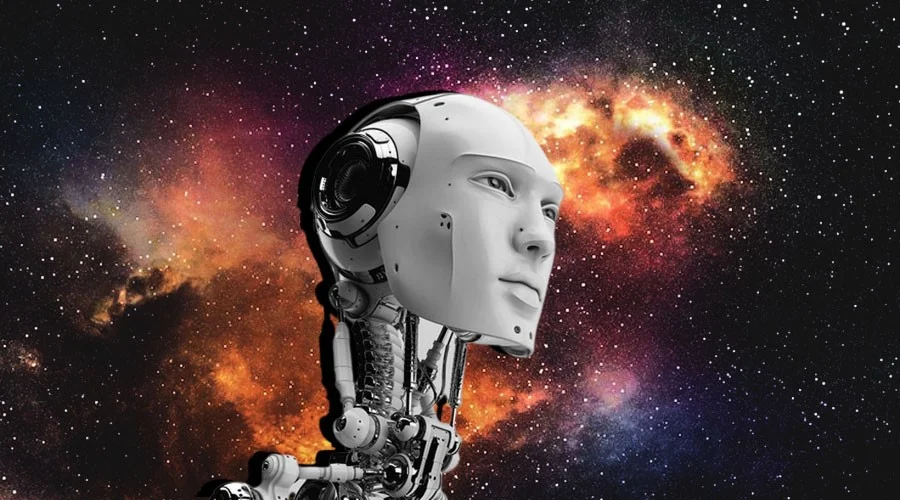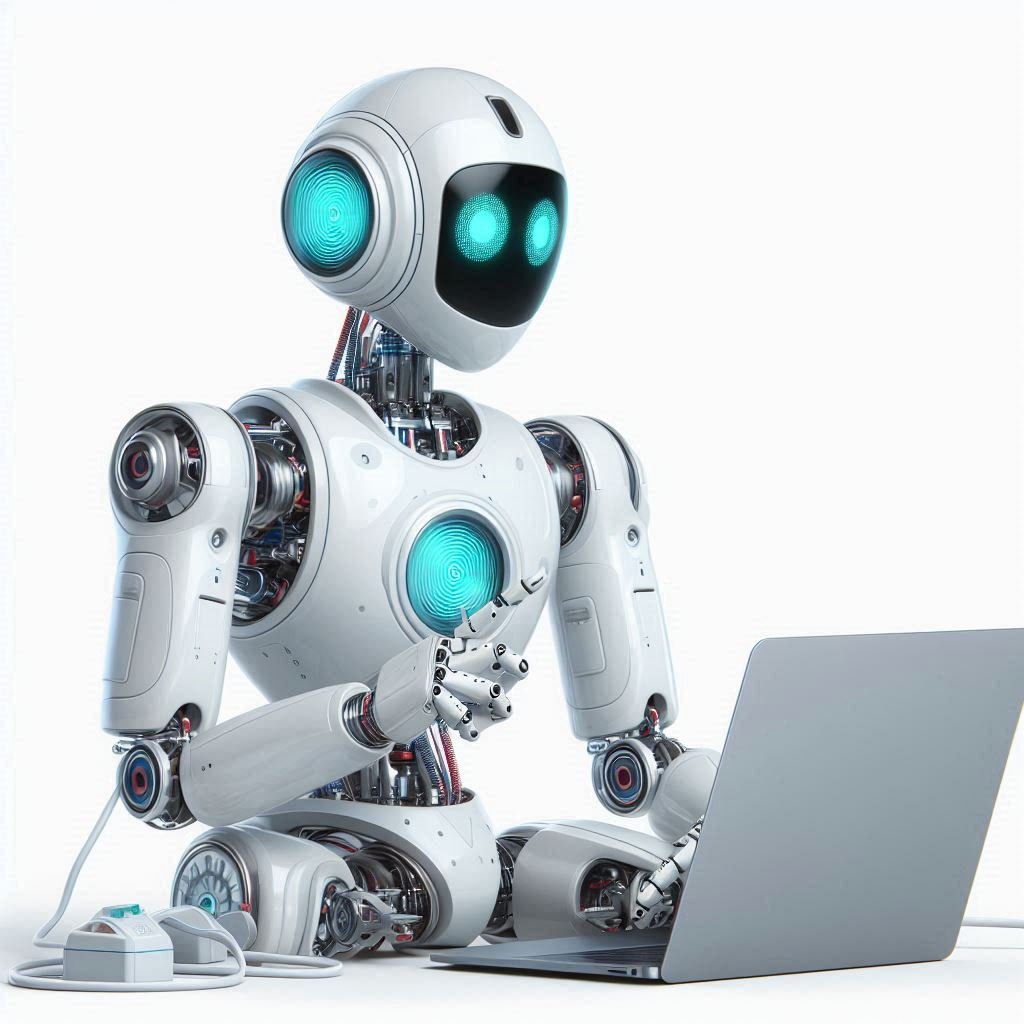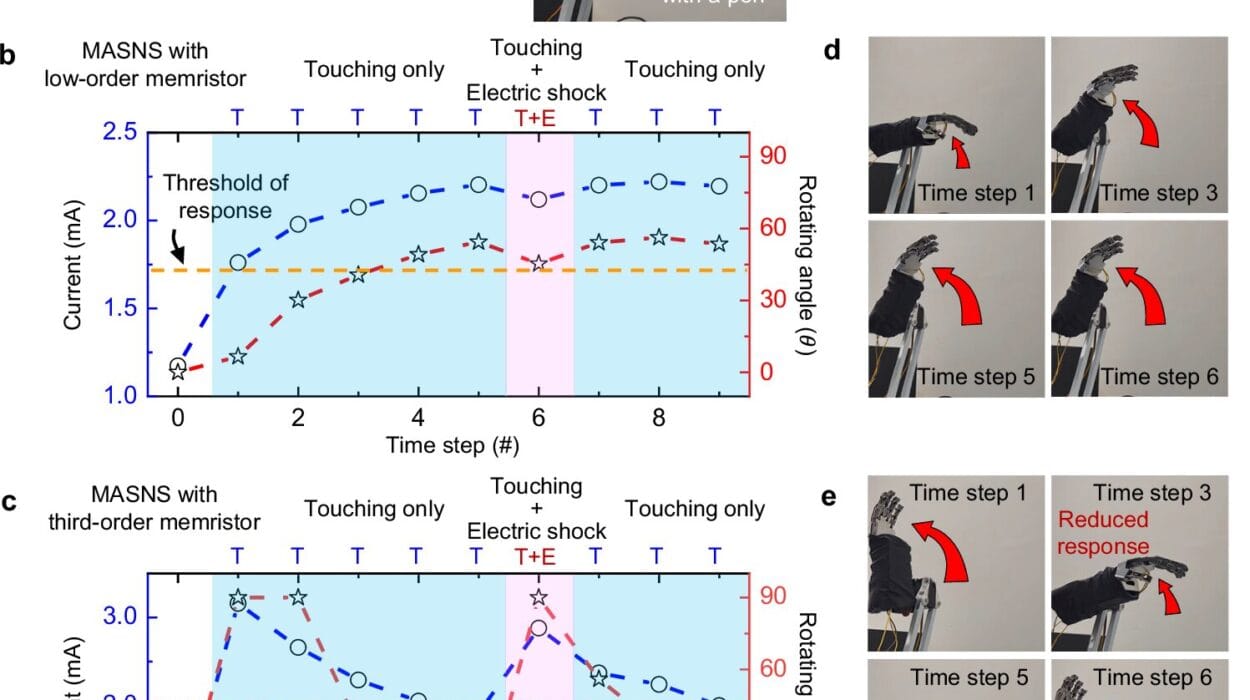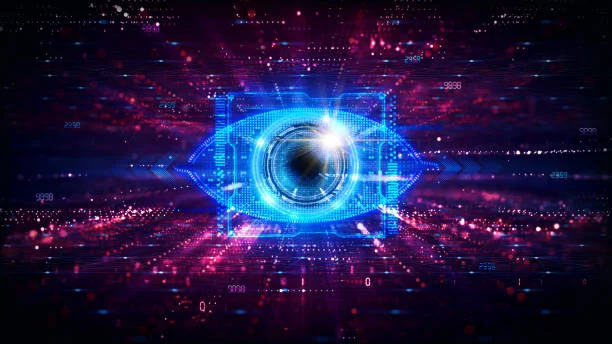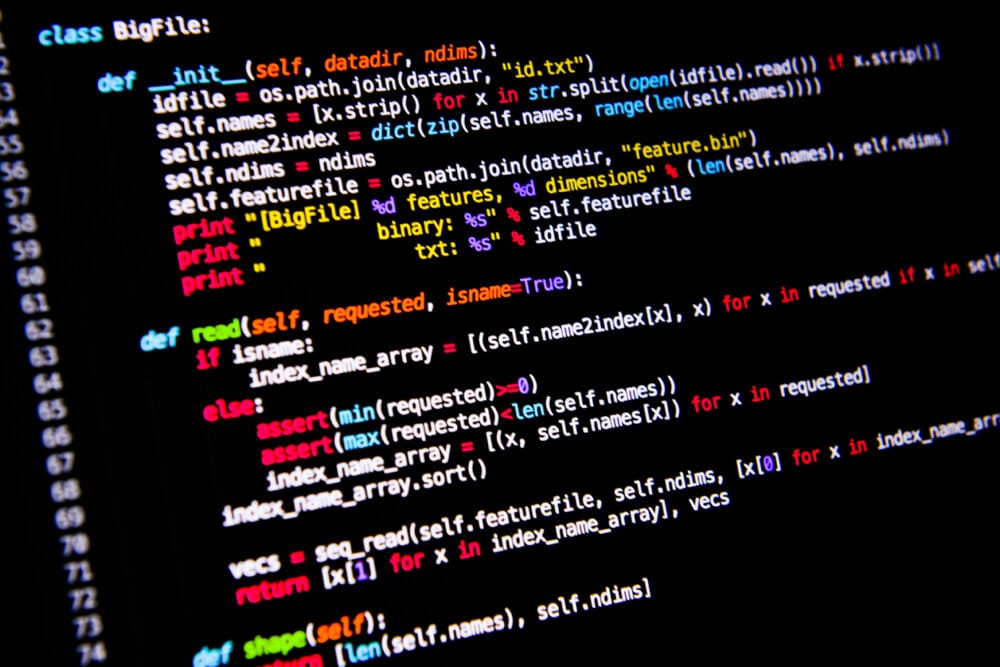Since the dawn of human civilization, we have looked up at the night sky with wonder. The stars have inspired mythologies, guided explorers, and ignited a boundless curiosity about what lies beyond our earthly home. From Galileo’s telescope to NASA’s Mars rovers, our reach into the cosmos has grown steadily. But now, standing at the intersection of technology and imagination, a new force is propelling us into the next era of discovery—Artificial Intelligence (AI).
AI is no longer confined to science fiction or Earth-based applications. It has become an essential partner in unraveling the mysteries of the universe. With its ability to learn, adapt, process enormous volumes of data, and make autonomous decisions, AI is helping scientists explore the vast, hostile, and uncharted realms of space more efficiently than ever before. From navigating distant worlds to analyzing cosmic signals, AI is becoming the brain that complements our machines’ mechanical brawn.
This article embarks on an interstellar journey to explore how AI is revolutionizing space exploration. We will dive into its roles in spacecraft navigation, planetary exploration, satellite data processing, space station operations, deep space missions, and the quest to find extraterrestrial life. Along the way, we’ll see how machine intelligence is shaping the future of interplanetary civilization—and maybe, just maybe, helping us become a multi-planetary species.
The Challenge of Space: A Frontier Unlike Any Other
Space is not merely vast—it’s incomprehensibly vast. The nearest star system is over four light-years away. The vacuum of space offers no breathable air, extreme radiation, and temperatures that can swing from searing heat to numbing cold. Communication lags between Earth and deep space probes can last from minutes to hours, making real-time control impossible. Instruments must operate autonomously and flawlessly, sometimes for decades, without the possibility of repair.
Moreover, modern space missions generate torrents of data—terabytes from a single telescope or rover—far too much for human scientists to analyze alone. Sifting through this data to extract meaningful patterns, spot anomalies, or detect life-signatures is like looking for cosmic needles in astronomical haystacks.
AI was practically designed to solve these kinds of problems. Its ability to analyze massive datasets, detect patterns, learn from experience, and make decisions without human input makes it ideally suited for space.
Rovers and Robots: AI on the Martian Frontier
One of the most iconic uses of AI in space exploration is in the operation of robotic rovers on other planets, especially Mars. NASA’s Curiosity, Perseverance, and the European Space Agency’s (ESA) upcoming Rosalind Franklin rover are equipped with a suite of sensors, cameras, and analytical tools. But beyond the hardware lies an intelligent software brain.
Mars rovers must operate independently for hours, often navigating challenging terrain. AI algorithms allow them to process images, identify obstacles, plan paths, and even choose their own scientific targets. For example, the AEGIS (Autonomous Exploration for Gathering Increased Science) AI onboard NASA’s Curiosity selects rocks to analyze with its laser spectrometer, vastly improving efficiency by focusing on the most geologically interesting samples.
AI also handles data compression and prioritization. Since bandwidth from Mars to Earth is limited, the rovers must decide which images and data are most valuable to send. AI helps them do that by identifying anomalies or new features scientists might want to see.
With AI, these machines are not just remote-controlled robots; they are autonomous explorers with a degree of scientific judgment.
Spacecraft Navigation: The Autopilot of the Cosmos
Navigating a spacecraft through the vast emptiness of space is a monumental task. With no GPS in the void, spacecraft rely on celestial navigation, onboard sensors, and sometimes the gravitational slingshots of planets. Autonomy is critical—especially for missions far from Earth, where delays in communication can be measured in minutes or hours.
AI systems are now playing an increasing role in spacecraft navigation. NASA’s Deep Space Network uses AI to manage communication with dozens of spacecraft simultaneously, optimizing signal strength and scheduling. More impressively, spacecraft like ESA’s BepiColombo, bound for Mercury, are testing AI-based autonomous navigation systems that use visual data from onboard cameras to determine position and trajectory.
The concept of a spacecraft that can adjust its own course, avoid hazards, and make mission-critical decisions without ground control is no longer theoretical. AI-controlled guidance systems are being developed to land spacecraft autonomously on planetary surfaces, even amid dust storms, uneven terrain, or unexpected anomalies.
As missions aim for farther destinations—asteroids, moons of Jupiter and Saturn, or even interstellar probes—AI-powered navigation will be indispensable.
Satellites and Space Data: Turning Orbits into Insights
Earth observation satellites have transformed our understanding of the planet, providing data on weather, climate change, agriculture, disaster response, and more. These satellites continuously generate huge volumes of data, which AI is helping to interpret in real time.
In space, AI algorithms onboard satellites are used to detect wildfires, track hurricanes, monitor deforestation, and assess agricultural health. For example, ESA’s Sentinel satellites use AI to filter images with cloud cover or poor quality, allowing scientists to focus only on useful data. AI can also detect patterns of change—melting ice caps, shifting tectonic plates, or even illegal mining activities—much faster than human analysts.
Commercial satellite companies like Planet Labs and Maxar are also using AI to automate image analysis, enabling applications in urban planning, logistics, and insurance. SpaceX’s Starlink network, which aims to provide global internet coverage, uses AI for network traffic management and to optimize satellite orientation and collision avoidance.
This is just the beginning. As constellations of thousands of satellites orbit the Earth, AI will be crucial in coordinating them, preventing collisions, and ensuring efficient data flow.
Space Stations and AI Assistants: Building Intelligence into Habitats
In the microgravity environment of space stations, astronauts face a host of technical, psychological, and medical challenges. AI is increasingly being integrated into these habitats to assist astronauts, reduce workload, and even provide companionship.
One example is CIMON (Crew Interactive Mobile Companion), developed by Airbus and IBM. A floating, AI-powered assistant aboard the International Space Station (ISS), CIMON can respond to voice commands, display instructions, play music, and even detect stress in astronauts’ voices. Though still in its early stages, CIMON represents the future of AI-human collaboration in space—intelligent machines that act as teammates, not tools.
AI also plays a behind-the-scenes role in life-support systems, environmental monitoring, and power management aboard the ISS. Predictive AI models help identify potential system failures before they occur, allowing preventative maintenance. Machine learning algorithms are used to model human health in space, detect early signs of illness, and recommend interventions.
Future space stations on the Moon or Mars will rely even more heavily on AI, particularly during periods when communication with Earth is limited or impossible.
Deep Space Exploration: Going Where No Human Has Gone
Deep space missions—those that travel to the outer planets, asteroids, or beyond—present the ultimate challenge for AI. These spacecraft must operate independently for years or decades, often billions of kilometers from Earth.
NASA’s Voyager probes, launched in 1977, are still sending back data from interstellar space. While these early probes relied on simple command protocols, future interstellar probes will need onboard AI to manage their systems, conduct experiments, and even deal with unexpected situations.
AI is also essential in missions targeting asteroids and comets. In 2020, NASA’s OSIRIS-REx spacecraft used AI to help it navigate and land on the asteroid Bennu—an uneven, unpredictable surface that required split-second adjustments. The spacecraft used optical navigation and machine learning algorithms to identify the safest place to collect a sample.
Looking even further ahead, AI is expected to play a vital role in mission planning, determining the best trajectories, landing sites, and scientific targets without the need for constant human oversight.
The Search for Extraterrestrial Life: AI Looks to the Stars
One of the most profound goals of space exploration is the search for life beyond Earth. This quest is powered by telescopes, probes, and rovers that gather data on exoplanets, cosmic radio waves, and the chemical composition of alien worlds. But it’s AI that helps scientists interpret that data.
Astronomers are now using machine learning to analyze data from space telescopes like Kepler and TESS, identifying thousands of potential exoplanets by detecting subtle dips in starlight. AI helps filter out false positives, classify planets, and determine which ones lie in the “habitable zone” where liquid water might exist.
SETI (Search for Extraterrestrial Intelligence) researchers are using AI to comb through radio signals, looking for patterns or anomalies that might indicate alien communication. AI can analyze billions of signals far more efficiently than human researchers.
Rovers on Mars and future missions to icy moons like Europa and Enceladus may rely on AI to detect signs of microbial life by analyzing soil, ice, and chemical signatures. These algorithms are trained to recognize the chemical fingerprints of life—even if it’s unlike anything we know on Earth.
Human Missions and AI: Preparing for Life on Other Worlds
As humanity prepares to send astronauts back to the Moon and onward to Mars, AI will play a central role in mission planning, execution, and survival. Autonomous systems will assist with habitat construction, navigation, medical emergencies, and resource management.
One vision involves AI-controlled robots that land on Mars ahead of humans to build habitats, mine ice for water, and generate oxygen using in-situ resources. By the time astronauts arrive, their base could be operational—thanks to AI coordination.
In medical emergencies, AI-powered diagnostic tools could guide astronauts through treatment protocols, even performing robotic surgeries. AI will also manage the psychological well-being of isolated crews by simulating social interaction and monitoring mental health.
Moreover, AI will help with the immense logistics of interplanetary travel—from maintaining spacecraft systems to monitoring fuel levels, environmental conditions, and life-support parameters in real time.
Challenges and Ethical Considerations: AI in the Cosmic Arena
As with any powerful technology, AI in space exploration comes with challenges. Systems must be robust enough to function in extreme environments, radiation-hardened, and resistant to hacking. Decisions made by AI—especially those involving safety or scientific integrity—must be transparent and auditable.
There are also ethical questions. Should AI systems have the authority to make life-or-death decisions for astronauts? How do we ensure accountability if an autonomous rover destroys a potential biosignature or contaminates a pristine world?
Additionally, AI-based exploration raises philosophical questions. If machines do most of the exploring, what role do humans play? Will AI-driven discovery diminish the romance of space, or will it deepen our understanding in ways we never imagined?
As we extend our presence beyond Earth, these questions will become central to the dialogue between scientists, engineers, ethicists, and policymakers.
The Future: AI as Humanity’s Co-Pilot to the Cosmos
We are standing on the threshold of a new era in space exploration—one where intelligent machines don’t just assist us but become essential partners in expanding the human frontier. Whether we are analyzing starlight for signs of alien life, building cities on Mars, or sending probes to the edge of the solar system, AI will be there, turning our aspirations into reality.
The fusion of artificial intelligence with the timeless human desire to explore is creating something unprecedented: a cosmic alliance between mind and machine. With AI, our probes grow smarter, our missions become bolder, and our universe becomes a little less mysterious.
As we look up at the stars, we no longer do so alone. Our machines are watching too—thinking, learning, and helping us answer the oldest questions in existence. In AI, we may have found not just a tool, but a co-pilot on the greatest adventure of all: reaching the stars.
